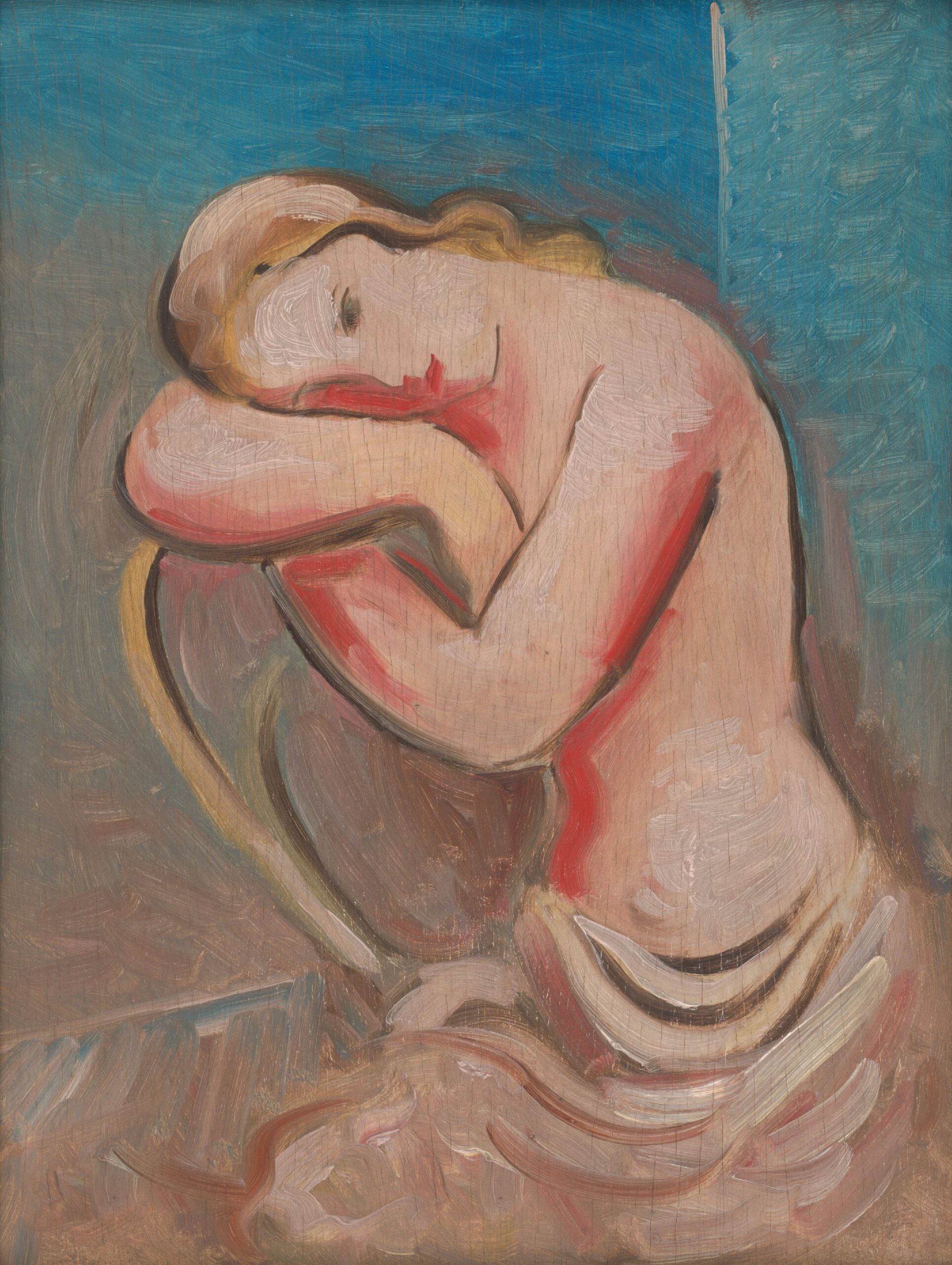
Embodiment is perhaps one of those words that you have heard but never really understood. Embodiment seems to be everything and nothing at once. How do we experience art through our senses? Is performance art more embodied than a painting? Or is embodiment just one of those fancy words we use, without any practical relevance for our lives?
To learn more, The University Times spoke to Lynda Devenney, an artist and researcher who combines moving image, sculpture, sound and performance to examine the crossover between physical and digital spaces. In her installation Intentional Agents, she explores the relationship between perception, action and empathy through topics relating to neuroscience, such as mirror neurons and embodied simulation. Devenney explained that, “this research utilises a series of tool-like objects being held and touched in exploratory ways to investigate forms of viewer engagement with moving image work through the conceptual lens of haptic visuality and embodied simulation”. These practice-based tests aim to understand the “immersive pull of moving image art installations”, she added, which could then be used to increase audience engagement in the future.
Devenney’s work covers a similar ground as that of Vittorio Gallese, a neuroscientist who defined embodied simulation in an article for the Journal of Philosophy and the Moving Image (2012) as “a basic functional mechanism of humans’ brain, by means of which actions, emotions and sensations of others are mapped onto the observer’s own sensory-motor and viscero-motor neural representations”.
The University Times also spoke to Sara D. Muthi, producer, curator, writer and teaching assistant in Trinity’s Department of Philosophy. Her interest in performance art started during her time studying painting at NCAD, where she learned about Amanda Coogan’s work. Inspired by this, Muthi further developed her own understanding of the genre, particularly “the traces of performance” she found within it. Her current work investigates the role of language. In conversation, she emphasized how even just saying her own name can have many different meanings and connotations: “It refers to me as a person, to the idea of me as a curator – it refers to it as a noun.”
Still, Muthi pointed out that one aspect of the embodied experience of art might be the fact that people are “never satisfied by just looking at the painting from afar”. People are curious about the materiality of things, stepping closer to the artwork instead of analysing its meaning from a distance, she explained. Considering this, she frowns upon the fact that many artists “try to almost hide their materials” – by using a varnish meant to distract and make a piece appear shinier, for instance. In her opinion, contemporary art does a better job in this respect, even just by allowing people to sit or stand quite close to the art, omitting the use of strings or other tools to keep people away from it.
Yet people still seem to make a distinction between art in museums and art in their everyday lives. Muthi does not believe in this distinction and strives “for work that almost blends into the everyday”. To enact this intent, she recently collaborated with visual artist Eimear Murphy to create “.pptx”, a series of PowerPoint workshops that encouraged people to explore their domestic environments in creative ways. Her final online workshop on March 30th considered the limited, or rather unlimited, nature of objects – exploring objecthood by binding unrelated items together.
She expanded on the topic of embodiment by pointing out that, as with most things in the world, art is curated “with the thought of the human body” in mind. Sometimes, this means placing something below eye level, but even that usually happens intentionally. It seems difficult to imagine the experience of art without a body, she pointed out.
Essentially, Muthi calls herself a realist, which means that she believes “that the world exists independent of human perception” and she doesn’t think the term embodiment is helpful. Given that the varying definitions of embodiment overlap with those of experience or phenomenology – coupled by the idea that “all art is about life” – Muthi believes we should not try to control the experience of art too much or use terms with layered definitions that do not express what we really want to say.
Whether it be through exploring moving images or language, embodiment might not be the best term to describe the purpose and complex layers of art but it certainly seems to inspire debate and reflection on what it means to experience art through the human body that we have.
You can find Eimear Murphy on Instagram at @the_eimearmurphy, and learn more about Intentional Agents by Lynda Devenney here.






